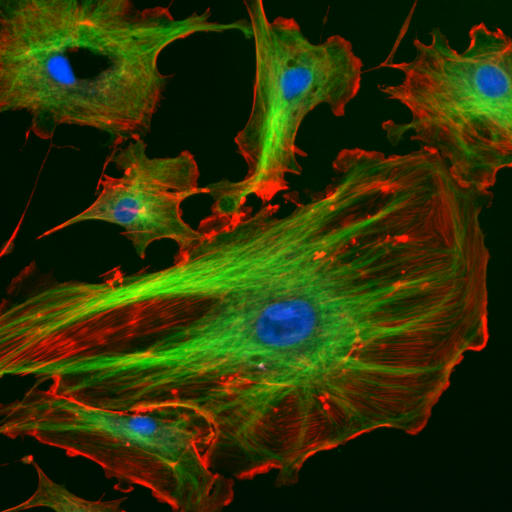From the time of their humble origins as slow, hole-punching behemoths, few could have predicted that computers would completely transform our modern age so profoundly. In more recent times, as computing power keeps increasing year by year, many have begun to seriously consider the possibility that soon the computer may outperform the human mind in almost all tasks, not simply in playing chess or conducting assembly lines.
A prominent crusader of these ideas, Ray Kurzweil, goes so far as to claim that one day in the not-so-distant future, we may download the contents of our minds: memories, personality, emotions and preferences into a computer. In effect we would reach immortality by merging with a machine. This rather simplistic view is part of the concept of the technological singularity, the notion that computers will become increasingly more powerful and smarter until a point in time when they will radically change the way humans live and function in the world.
To predict that downloading yourself to a computer will be possible, we’d have to rely on many broad assumptions about the human mind. One such assumption we’d need to make is already used as the starting point of modern neuroscience; that our minds, our internal experience of the world, and the rest of the function of the brain is the total of all neural activity.
Scientists know that the brain uses its cells, specifically the connections between neurons, to conduct simple calculations. Basically, this explains consciousness as the output of a biological computer, which uses the principles similar to those in mathematics to create every thought, feeling, insight and perception that we have ever had. Sounds simple? Hardly. While the bare principles are easy to understand, the sheer immensity and complexity of the brain, is well, massive. The current estimate on the raw computing power is that it’s the equivalent of around 10 000 000 000 000 000 operations per second.

Source: Wikimedia Commons
Here is where the unlikely duo of Stuart Hameroff, an anesthesiologist, and Sir Roger Penrose, a mathematical physicist, call singularians on their fault. They criticize their ultra-reductionist view based on their Orch OR theory of consciousness. In part, they have proposed that not only does the brain act as a classical computer (the kind that uses bits; ones and zeros), it also has a more fundamental, sub-cellular level found in the microtubule cytoskeleton, that uses quantum effects to do a completely different kind of computation, incompatible with today’s computing knowledge.
So not only does the brain compute with its 10 000 000 000 000 000 operations per second, each neuron’s microtubules may be able to compute at 100 trillion operations per second, giving the brain a grand total of 1 000 000 000 000 000 000 trillion operations per second. That’s twenty-seven zero’s! For comparison, the K computer, one of the world’s fastest, can only compute 10 000 trillion calculations per second.

If the Orch OR theory proves to be correct, then the singularity is still just a dim blip on our radar, not the impeding revolution that some of its proponents suggest. Of course that’s assuming that we can program these incredibly fast computers to be smart. After all, having enough processing power on its own will not spontaneously give us artificial intelligence. That will be a job for the neuroscientists and programmers of the distant future.
Written and published by Alena Safina
